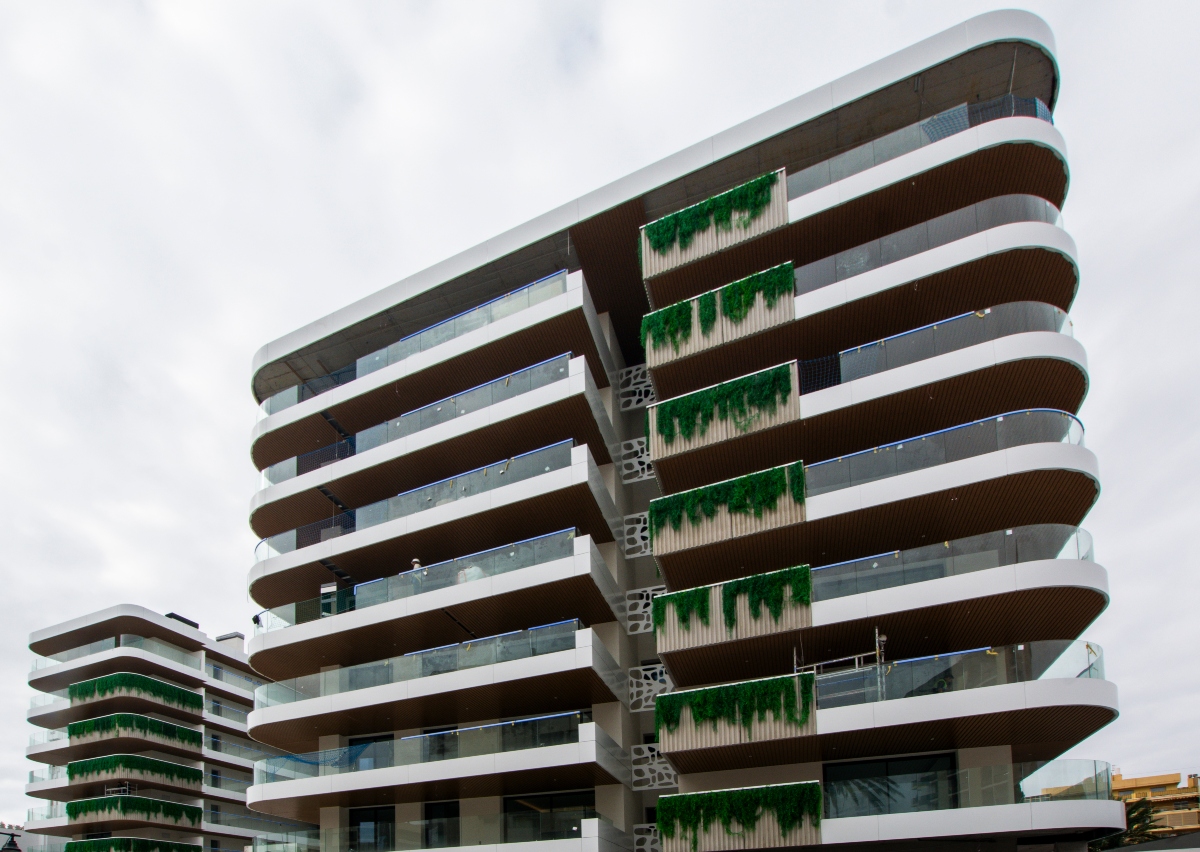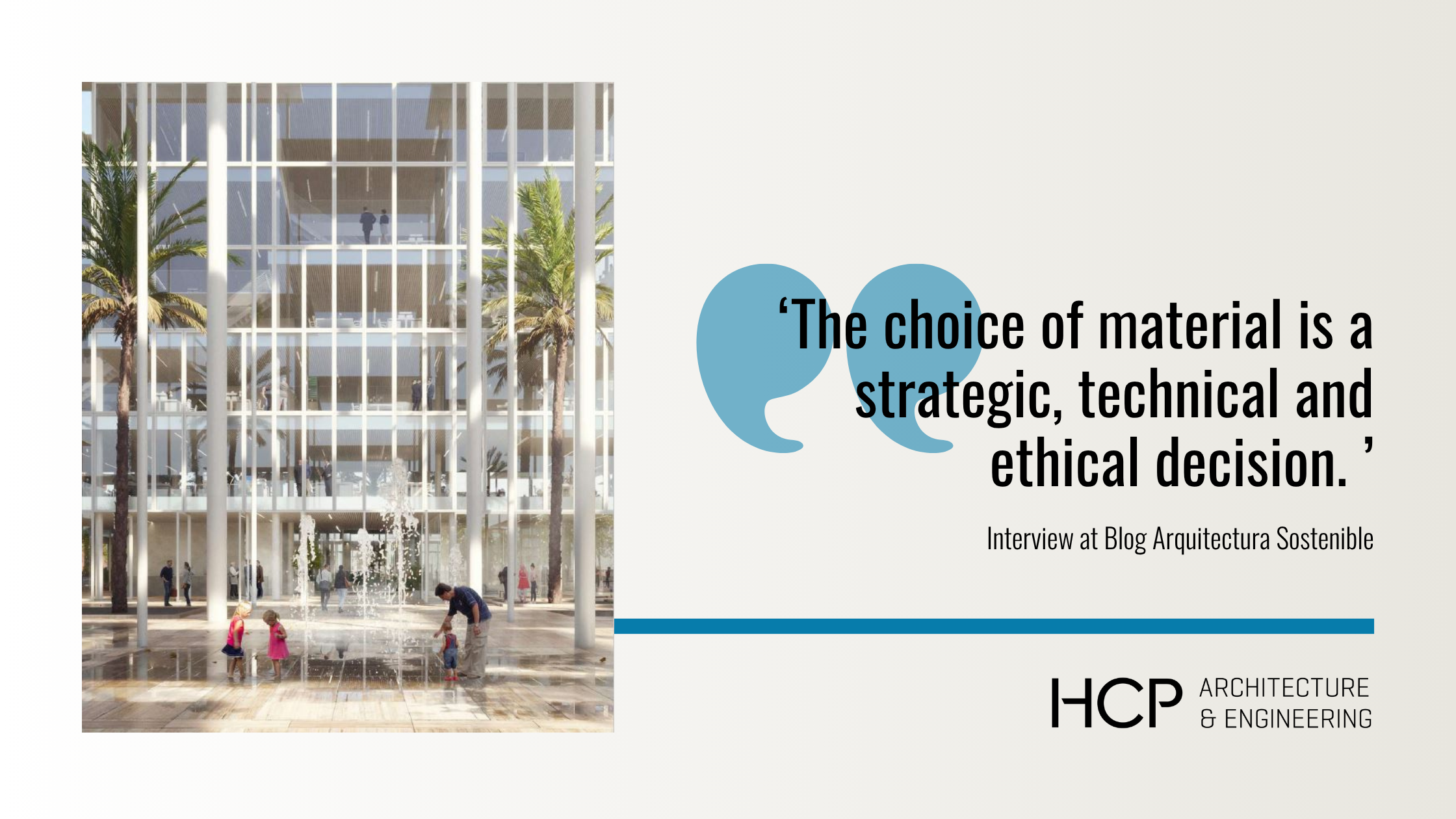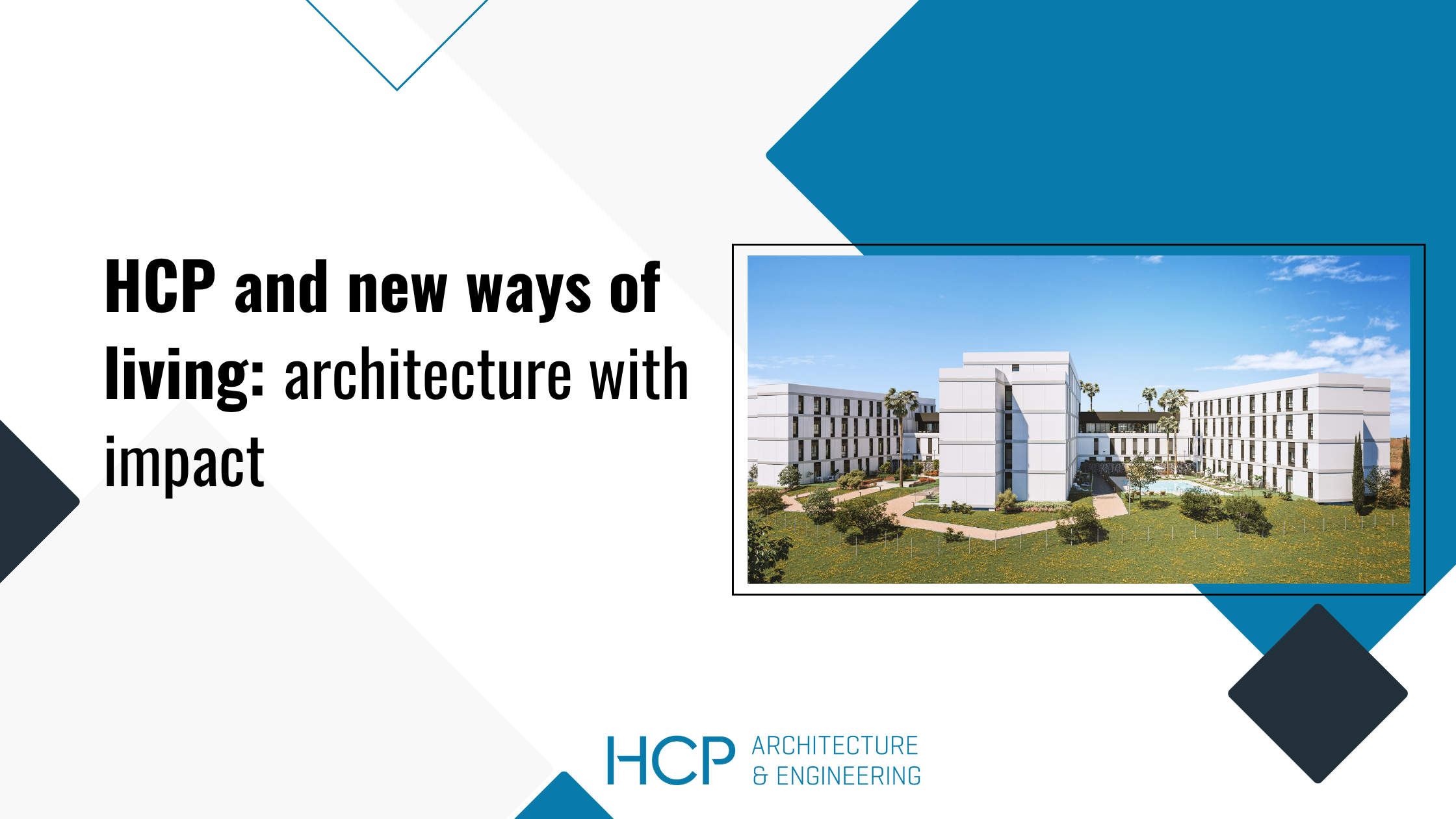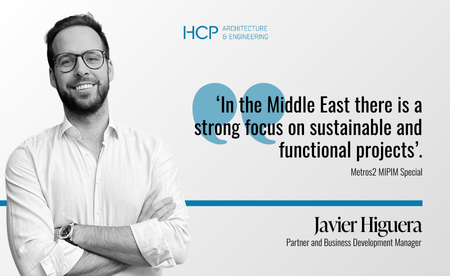The specialised media EjePrime published this summer that industrialised construction in Spain only represents between 1 and 2% of developments, far below other European countries, such as Germany and the United Kingdom (with ratios of 9 and 7%, respectively), and light years away from the Netherlands, where modern construction methods already account for almost 50%.
Nevertheless, industrialised solutions are progressively gaining weight, offering positive aspects and solutions to some of the main challenges our sector is facing. Some of the most obvious are the reduction of execution times and labour risks on site, both of which are priorities for HCP as an architectural firm, as well as for developers and construction companies. But there are also less known elements that make industrialised construction a very interesting solution, such as the reduction of unforeseen events on site, the good quality achieved, the reduction of logistical times by centralising the work in the manufacturing plant or the lower generation of waste, which has a positive impact on the sustainability of the project.
At HCP we are committed to innovation to enrich our work and offer advantageous options to our clients, exploring alternatives such as prefabricated solutions. We currently have three projects under construction or recently completed that integrate these building systems: the Santa Rufina Towers (AQ Acentor), in which we have worked together with Asenjo y Asociados and have used prefabricated bathrooms; the Mirador de San Cristóbal Residential, by LandCo, with an industrialised façade; and Jade Tower, by Cordia, with prefabricated bathrooms and a prefabricated façade.
In each of these buildings, the integration of industrialised construction with traditional construction has been sought, demonstrating that the combination of both techniques helps to reduce execution times by around 12%, according to our partner and Technical Director Mario Romero, without sacrificing a rigorous approach, careful attention to detail or an elegant and functional design.





